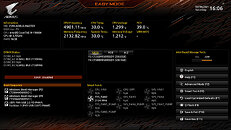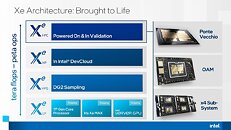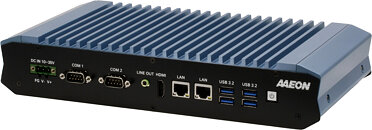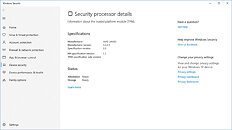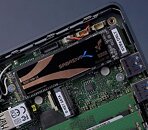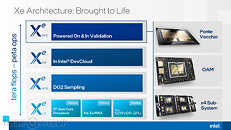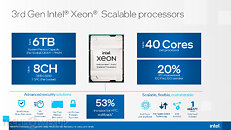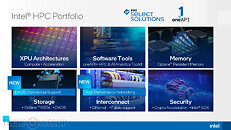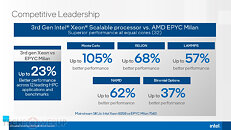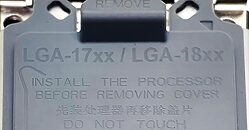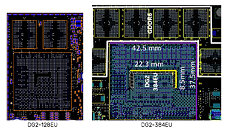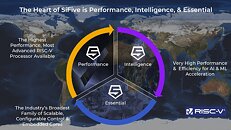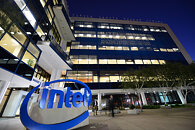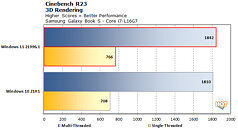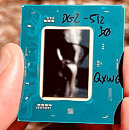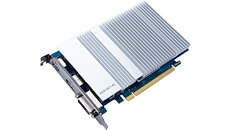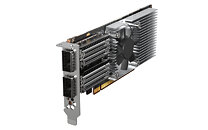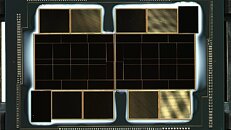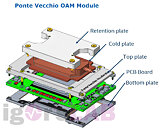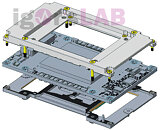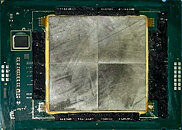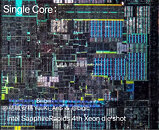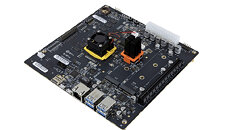
GIGABYTE Motherboards Feature TPM 2.0 Function to Support Windows 11 Upgrade
GIGABYTE TECHNOLOGY Co. Ltd, a leading manufacturer of motherboards, graphics cards, and hardware solutions, announced that the BIOS of their series motherboards, including Intel X299, C621, C232, C236, C246, 200, 300, 400, 500 lineups, as well as AMD TRX40, 300, 400, 500 motherboards are TPM 2.0 function ready, which can pass the upgraded Windows 11 OS. verification.
Windows 11 is the latest operating system from Microsoft, and features dozens of exciting new functions and Android APP support to effectively improve productivity, system security, and gaming performance. However, most of the users might be confusing that Windows 11 requires TPM 2.0 support means they need a TPM module on board for Windows 11 upgrade.
Windows 11 is the latest operating system from Microsoft, and features dozens of exciting new functions and Android APP support to effectively improve productivity, system security, and gaming performance. However, most of the users might be confusing that Windows 11 requires TPM 2.0 support means they need a TPM module on board for Windows 11 upgrade.
